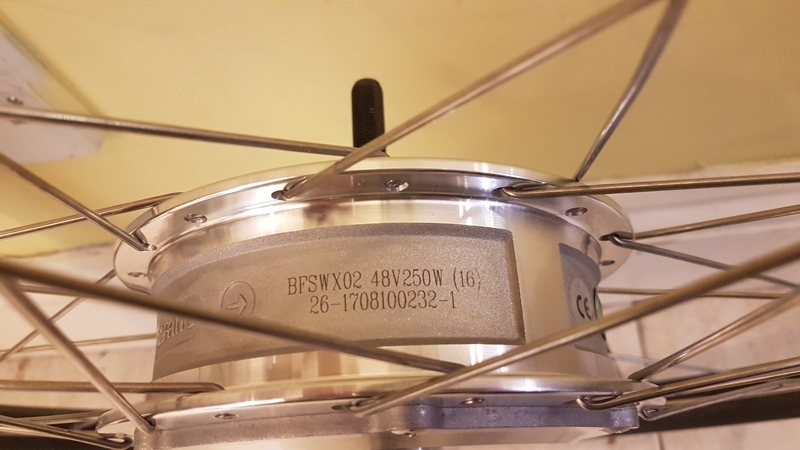Completely agree. That's why I included the statement "At any given performance point....." when I introduced the discussion to the thread. Running different windings on the same voltage and current will give totally different performance characteristics as you rightly mention.Most of what was written in that thread is correct, but the content is often misunderstood and mis-quoted. The main conclusion is that if you have two different motor windings, say 36v 201 rpm and 36v 260 rpm and run the 201 rpm one at 36v and 20 amps and the other at 48v and 15 amps, they'll behave exactly the same - torque, power, speed and efficiency (all those numbers are approximate, so don't calculate to the nearest watt and say it's wrong);
however, if you run both motors at 36v and 20 amps, the 201 rpm one will give more power and less heat at low rpm than the higher speed one and the high speed one will give more power at high rpm than the low speed one. The higher speed one will always make more heat and waste more battery than the 201 rpm one when they run at the same rpm. This paragraph is the important difference between the two motors that people seem to struggle to understand, and this is why it's important to choose a motor with the right winding speed and voltage combination. View attachment 18288
In this chart you can see that the higher speed motor always has lower efficiency, lower torque and lower power than the lower-speed one in the range that the lower speed one can run. The battery, controller, throttle, incline etc. are the same for both.
When you're designing a system from scratch though, there's no requirement to stick to a specific voltage or current.








